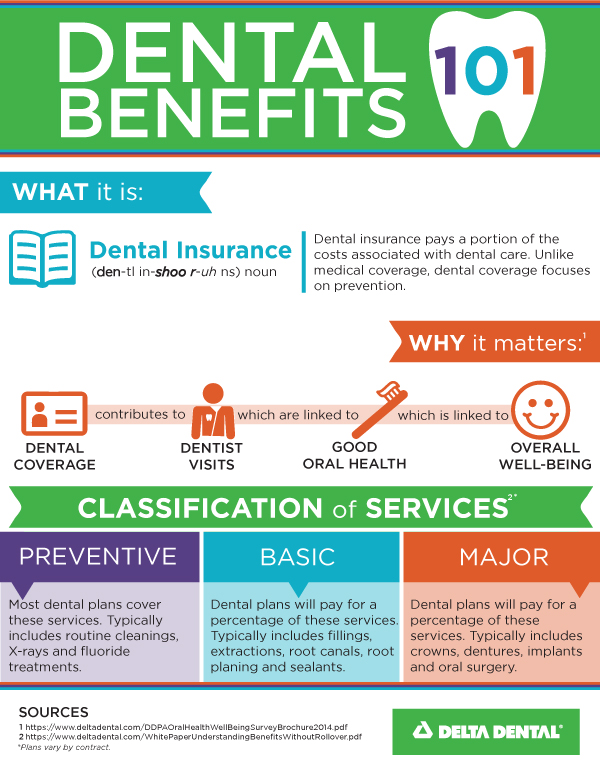Learn More About The Innovative Breakthroughs That Are Reinventing The Technique Of Oral Surgery. Analyze The Future Of This Area And Setting Yourself Advantageously. Click Now For A Check Into The Future
Learn More About The Innovative Breakthroughs That Are Reinventing The Technique Of Oral Surgery. Analyze The Future Of This Area And Setting Yourself Advantageously. Click Now For A Check Into The Future
Blog Article
Content Develop By-Bendixen Dowd
Invite to the globe of dental surgery, where technologies and developments are shaping the future of the field! In this amazing world, you'll witness the transformative power of robotics, the innovative marvel of 3D printing, and the game-changing impact of minimally intrusive methods.
The future of oral surgery holds an assurance of precision, efficiency, and boosted person results. With the help of sophisticated robotics, specialists have the ability to do intricate treatments with better precision and control.
3D printing modern technology is reinventing the development of oral implants and prosthetics, supplying personalized options that fit perfectly right into each client's one-of-a-kind makeup.
In addition, minimally intrusive methods are reducing post-operative pain and healing time, enabling people to go back to their day-to-days live earlier.
Prepare to check out the interesting technologies and advancements that are reshaping the landscape of oral surgery!
Advancements in Robotics
One significant development in oral surgery is making use of robotic technology, which allows for specific and efficient procedures. With the help of robotic systems, dental cosmetic surgeons have the capacity to perform complex surgeries with improved accuracy, reducing the threat of human error.
These robot systems are outfitted with sophisticated imaging technology and exact tools that enable cosmetic surgeons to browse with intricate anatomical structures with ease. By utilizing robotic innovation, cosmetic surgeons can attain greater surgical accuracy, resulting in boosted patient end results and faster recuperation times.
In addition, using robotics in dental surgery permits minimally invasive treatments, decreasing the trauma to bordering tissues and advertising faster healing.
3D Printing in Dental Surgery
To enhance the area of oral surgery, you can explore the subtopic of 3D printing in oral surgery. This ingenious innovation has the possible to revolutionize the means dental cosmetic surgeons operate and treat clients. Below are 4 key ways in which 3D printing is forming the field:
- ** Customized Surgical Guides **: 3D printing allows for the development of highly accurate and patient-specific medical overviews, improving the accuracy and effectiveness of procedures.
- ** Implant Prosthetics **: With 3D printing, oral cosmetic surgeons can develop tailored implant prosthetics that flawlessly fit a client's unique anatomy, resulting in far better results and person fulfillment.
- ** Bone Grafting **: 3D printing allows the manufacturing of patient-specific bone grafts, decreasing the need for conventional implanting strategies and enhancing healing and healing time.
- ** Education and learning and Educating **: 3D printing can be used to create sensible medical versions for educational objectives, allowing dental doctors to exercise intricate treatments prior to doing them on patients.
With its possible to boost precision, personalization, and training, 3D printing is an exciting advancement in the field of oral surgery.
Minimally Invasive Methods
To even more progress the area of dental surgery, accept the potential of minimally invasive methods that can greatly profit both surgeons and individuals alike.
Minimally invasive strategies are reinventing the field by reducing medical injury, decreasing post-operative discomfort, and accelerating the recuperation procedure. These techniques entail using smaller cuts and specialized instruments to perform treatments with precision and effectiveness.
By making james kim dentist of sophisticated imaging technology, such as cone beam computed tomography (CBCT), doctors can accurately plan and perform surgical treatments with minimal invasiveness.
In addition, using lasers in oral surgery enables accurate tissue cutting and coagulation, causing lessened blood loss and minimized healing time.
With minimally intrusive techniques, clients can experience faster recovery, reduced scarring, and boosted outcomes, making it an important facet of the future of oral surgery.
Final thought
So, as you can see, the future of oral surgery is incredibly encouraging, with exciting developments and breakthroughs forming the area.
From the innovations in robotics to the use of 3D printing and minimally intrusive techniques, oral surgeons are transforming the means they offer care.
While https://andreqlgav.blogproducer.com/39920241/kids-and-preventative-dentistry-what-moms-and-dads-must-know may stress over the potential price associated with these innovations, it is necessary to remember that these technologies ultimately enhance individual outcomes and reduce recovery time, making them well worth the financial investment over time.
